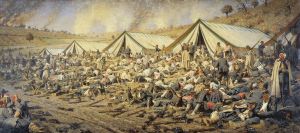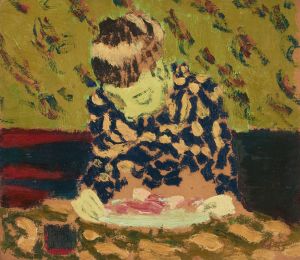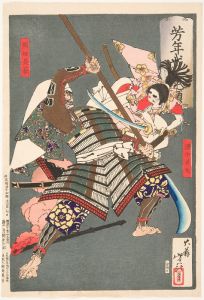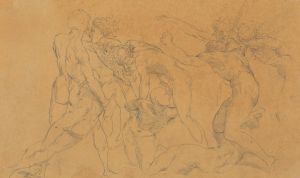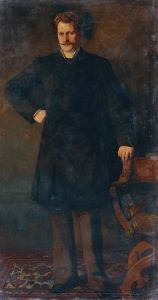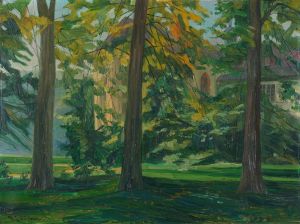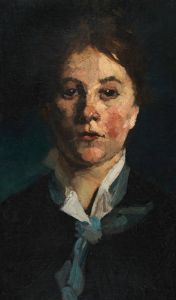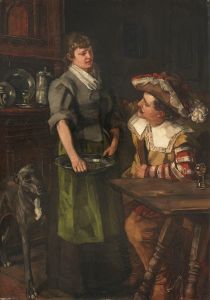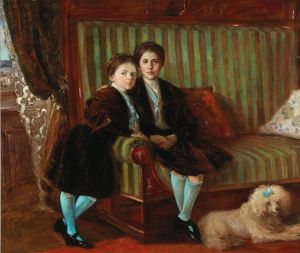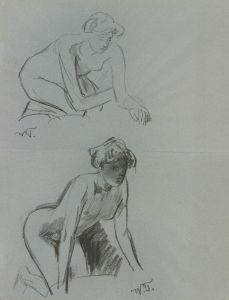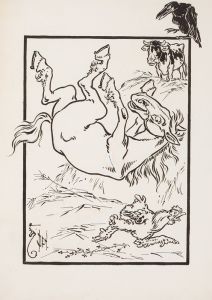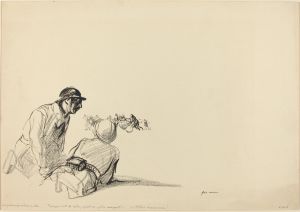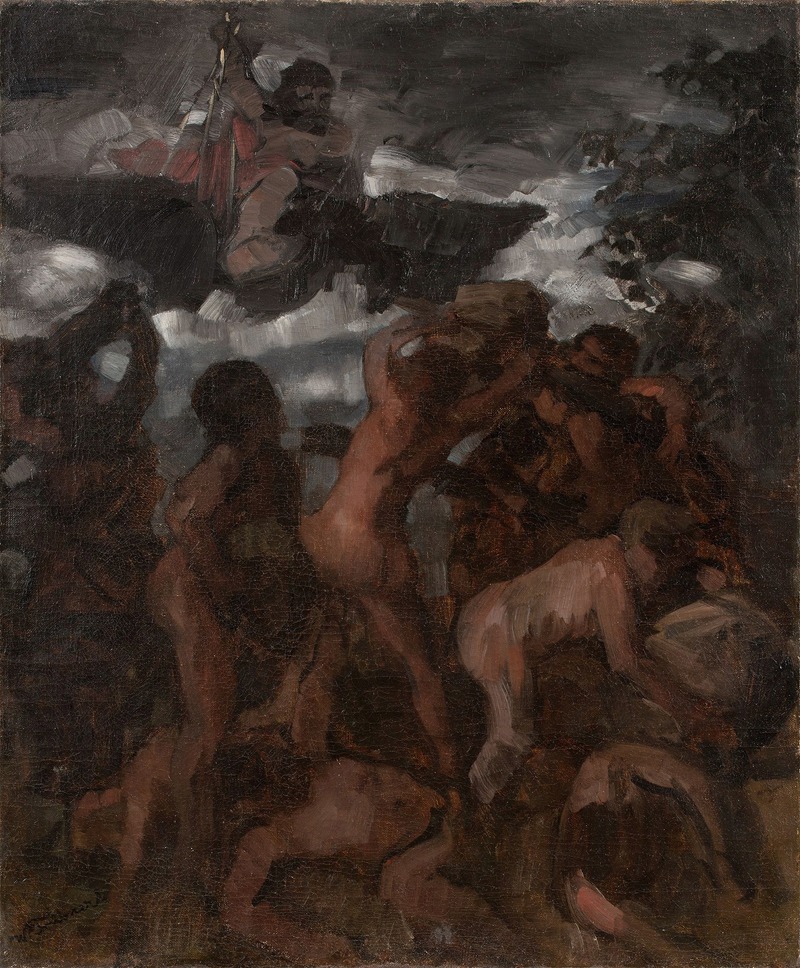
Study for the Gigantenschlacht
A hand-painted replica of Wilhelm Trübner’s masterpiece Study for the Gigantenschlacht, meticulously crafted by professional artists to capture the true essence of the original. Each piece is created with museum-quality canvas and rare mineral pigments, carefully painted by experienced artists with delicate brushstrokes and rich, layered colors to perfectly recreate the texture of the original artwork. Unlike machine-printed reproductions, this hand-painted version brings the painting to life, infused with the artist’s emotions and skill in every stroke. Whether for personal collection or home decoration, it instantly elevates the artistic atmosphere of any space.
Wilhelm Trübner was a German painter associated with the Realist movement, known for his detailed and vivid portrayals of everyday life and historical themes. One of his notable works is "Study for the Gigantenschlacht," which translates to "Study for the Battle of the Giants." This piece is a preparatory work, indicating that it was likely created as a preliminary study for a larger or more detailed composition that Trübner intended to complete.
Trübner was born on February 3, 1851, in Heidelberg, Germany, and became a prominent figure in the German art scene during the late 19th and early 20th centuries. He studied at the Karlsruhe Academy of Fine Arts and later at the Academy of Fine Arts in Munich, where he was influenced by the Realist painter Wilhelm Leibl. Trübner's work is characterized by his keen observation of nature and his ability to capture the essence of his subjects with a strong sense of realism.
"Study for the Gigantenschlacht" reflects Trübner's interest in historical and mythological themes, which were common subjects for artists of his time. The term "Gigantenschlacht" refers to the mythical battle between the gods and the giants, a popular motif in ancient Greek mythology. This theme has been depicted by various artists throughout history, symbolizing the struggle between order and chaos, civilization and barbarism.
In this study, Trübner likely explored compositional elements, such as the arrangement of figures, the use of light and shadow, and the overall dynamic of the scene. Studies like this are crucial for artists as they allow them to experiment with different ideas and techniques before committing to a final piece. Although the exact details of this study are not widely documented, it is reasonable to assume that it would have included sketches or painted elements that capture the intensity and drama of a mythical battle.
Trübner's approach to painting was heavily influenced by his contemporaries and the broader movements within the art world at the time. The Realist movement, which sought to depict subjects truthfully without idealization, played a significant role in shaping his artistic vision. Trübner's works often exhibit a meticulous attention to detail and a commitment to portraying his subjects with authenticity.
Throughout his career, Trübner contributed significantly to the development of German art, and his works are held in various collections and museums. He was also a member of the Munich Secession, an association of artists who sought to break away from traditional academic art and promote more modern approaches.
While "Study for the Gigantenschlacht" may not be as widely recognized as some of Trübner's other works, it represents an important aspect of his creative process and his engagement with historical and mythological narratives. Trübner passed away on December 21, 1917, in Karlsruhe, Germany, leaving behind a legacy of influential works that continue to be studied and appreciated for their contribution to the Realist movement and German art history.





